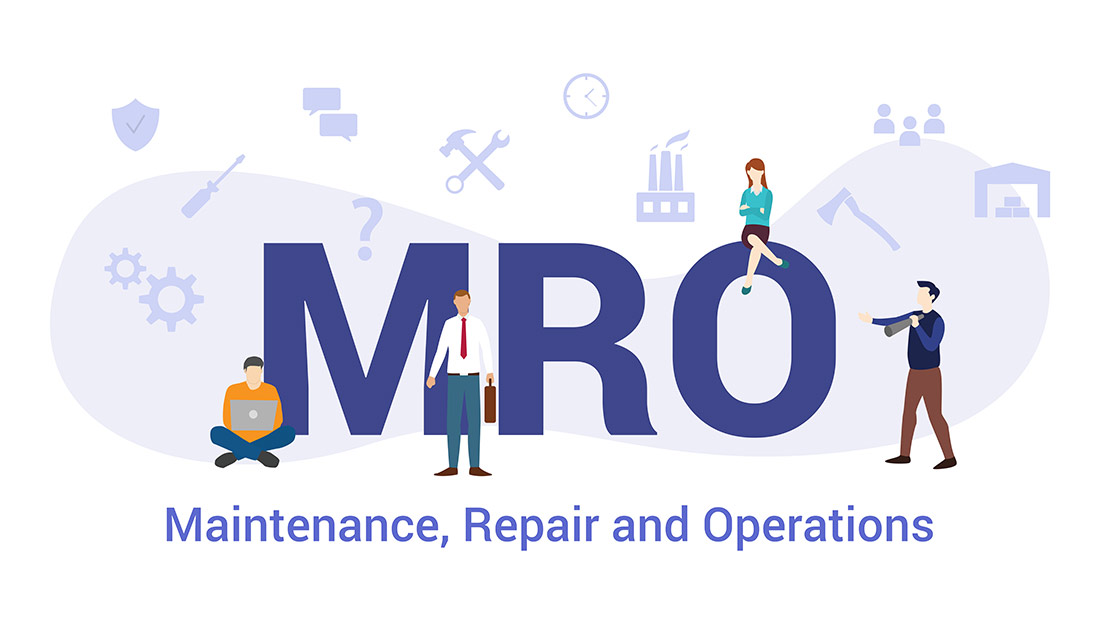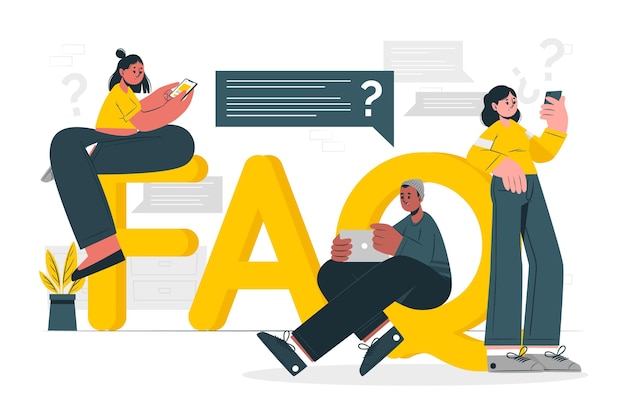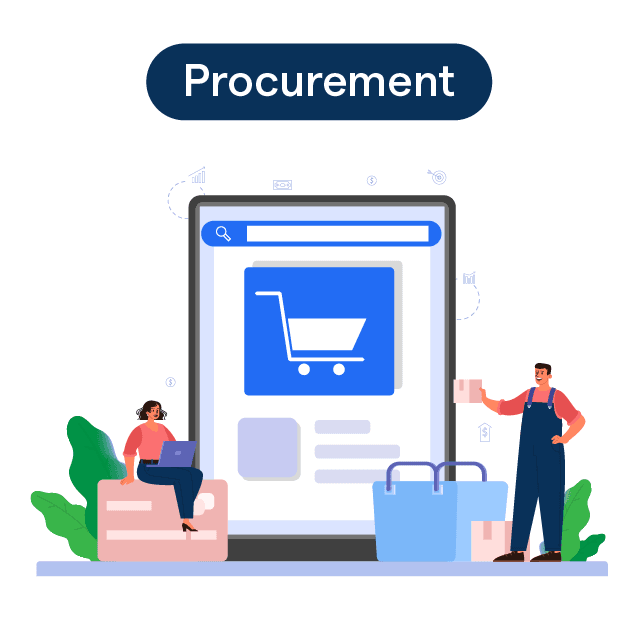What is Procurement?
Procurement is like going shopping for your school supplies. Imagine you have a list of things you need to buy: pencils, notebooks, erasers, etc. But you also have to think about the best place to buy them to get good quality at a fair price. You might check a few stores to find out where you get the best deal.
Now, imagine you're buying these supplies not just for yourself, but for all the students in your school. You'd need to plan better, right?
Procurement is exactly that - it's the process a business or a school uses to buy things they need. They make a list, check different suppliers, decide on the best based on price, quality, delivery time and then make the purchase. Just like shopping, but on a much bigger scale!
Types of Procurement
In this section, we will be exploring the various types of procurement utilized in businesses around the world.
The Direct Approach
Direct procurement is a type of procurement that deals with the purchase of goods, materials, or services directly used in the production of a product or service.
The Indirect Approach
Indirect procurement, conversely, involves buying all the products and services that enable daily operations, but which are not directly related to the production of a product or service.
MRO Procurement

Maintenance, repair, and operations (MRO) procurement is concerned with purchasing goods and services necessary to keep a company’s day-to-day operations running smoothly.
The Service Approach
Service procurement is a type of procurement that involves acquiring services from vendors or providers. This can range from marketing services to janitorial services, depending on what a business needs.
The Capital Approach
Capital procurement involves purchasing assets or goods that serve as significant investments for a company, such as land, buildings, or heavy machinery.
Procurement Process
Steps in the Procurement Process
In this section, we'll walk through the standard steps of a procurement process, elucidating the path from identifying a need to receiving the goods or services.
Step 1
Identifying a Need
At the heart of any procurement process is the need for goods or services. Whether it's office supplies or a new software solution, the first step involves identifying and detailing the specific need within the organization.
Step 2
Approval for Purchase
Once the need is identified, it should be followed by obtaining the necessary approvals. This usually involves justifying the need, estimating a budget, and gaining authorization from the appropriate managerial level.
Step 3
Vendor Evaluation and Selection
Next, potential suppliers or vendors offering the required goods or services are shortlisted. The selection is based on numerous factors such as budget constraints, supplier reputation, quality of goods or services, and the supplier's reliability.
Step 4
Negotiation and Contract

Upon selecting a vendor, a contract is established. This step involves negotiation between the company and the vendor to arrange the best possible terms, like pricing, delivery, and payment methods. Once agreed, a legally binding contract is prepared.
Step 5
Purchase Order Issuance
A purchase order (PO) is issued next. The PO is a legal document between the buyer and the vendor, detailing type, quantity, and agreed prices of products or services. After the vendor accepts the PO, it becomes a legally binding contract.
Step 6
Delivery and Inspection
The goods or services are then delivered by the supplier as per the agreed contract. The procuring company inspect the delivered goods or services for quality, ensuring that they meet the expectations and the terms outlined in the PO.
Step 7
Invoice Approval and Payment
Following successful delivery and inspection, the vendor will send an invoice detailing the goods or service provided, the quantity, the price, and the amount owed. The invoice is approved, and payment is made according to the agreed terms.
Step 8
Record Maintenance
Throughout the process, records should be kept of all documentation such as requisitions, POs, invoices, and receipts. This step ensures transparency in the process and can be useful for future reference or audits.
Step 9
Supplier Evaluation
A post-purchase evaluation of the supplier is usually the final step. This involves gathering feedback on the quality of goods or services, delivery time, and overall supplier performance. This evaluation helps in future procurement decisions.
Frequently Asked Questions (FAQs)

What does procurement entail?
Procurement refers to the activity of acquiring necessary goods and services for business operations. This is often from various external sources.
Are there different kinds of procurement?
Indeed, procurement comes in various forms. It can be segregated into direct and indirect procurement, along with procurement of physical goods or services.
Why does choosing the right vendor matter?
The choice of vendor plays a major role as it greatly influences the quality of the procured items and services, which in turn impacts overall business performance.
Can you define a purchase order?
A purchase order serves as a legal confirmation of an order. It lays out the particulars of a purchase, like the quantity, mutually agreed price, delivery schedule, and terms of payment.
How crucial is record-keeping in procurement?
Record-keeping in procurement is of paramount importance. It aids in maintaining documents, enables accurate financial accounting, and aids in audit procedures. Further, it lets businesses monitor procurement tasks and curb the possibility of fraudulent activities.

